sensor
Latest
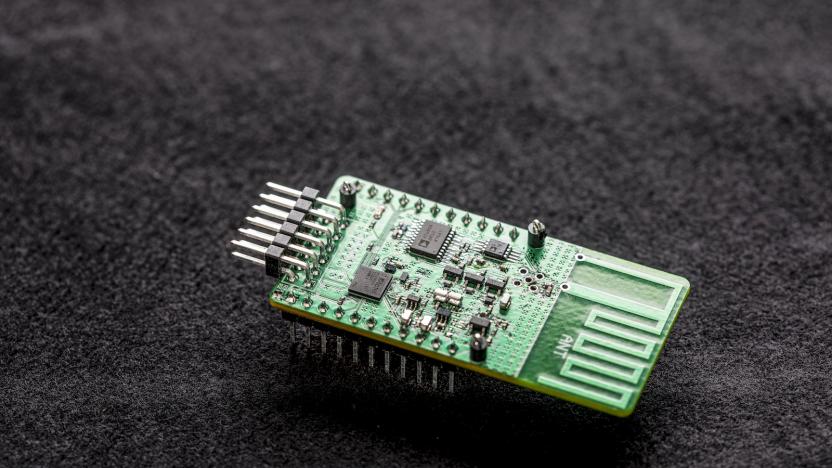
Long range, low power sensors may lead to better health wearables
For small electronic devices and sensors like those found in wearables that can decipher biological information from sweat and contact lenses that can measure glucose levels, there are a couple of trade offs that limit their function. In order to be small and unobtrusive, they need to run on very little power. Otherwise, they require large batteries. But reduced power requirements also tend to limit how far these devices can send their signals, many of which have to be within a few feet of their receivers. But researchers at the University of Washington have overcome the need to compromise on communication distances and they presented the work today at UbiComp 2017.

Kano’s latest DIY kit turns motion into code
DIY computer company Kano has released another brightly-coloured addition to its learn-to-code arsenal: a motion sensor kit. The standalone product comes with the Kano App to teach would-be coders how to translate movement into data which can be applied to games, apps and music. The kit, which is available for $30/£30, includes a USB motion sensor which can connect to any Windows or Mac computer -- or the original Kano Computer kit -- and comes with an easy-to-follow storybook featuring beginner's coding challenges. Learn to code a hand-controlled version of the classic game Pong, for example, or make noise and mix tunes by "scratching" a DJ turntable.

Autonomous wheelchairs arrive at Japanese airport
Passengers with limited mobility will soon be able to navigate airports more easily thanks to Panasonic's robotic electric wheelchair. Developed as part of a wider program to make Japan's Haneda Airport more accessible to all, the wheelchair utilizes autonomous mobility technology: after users input their destination via smartphone the wheelchair will identify its position and select the best route to get there. Multiple chairs can move in tandem which means families or groups can travel together, and after use, the chairs will 'regroup' automatically, reducing the workload for airport staff. The chairs also use sensors to stop automatically if they detect a potential collision.

Body sensor collects vital data by making you sweat
Medical sensors that sample your sweat are great, as they can accurately gather some of the data you'd get from blood without having to poke through your skin. There's just one problem: this usually means going for a run or otherwise doing something taxing to produce that sweat. However, researchers have an elegant solution. They've devised a relatively small sensor (about the size of a Band-Aid) that stimulates the sweat glands on a small patch of skin so that you can get sweat data without exerting yourself. The device uses a tiny electrical current (0.2mA) to send carbachol, a chemical found in eyedrops, into the upper layer of your skin. From there, it's just a matter of measuring the electrolytes concentrated in your sweat.
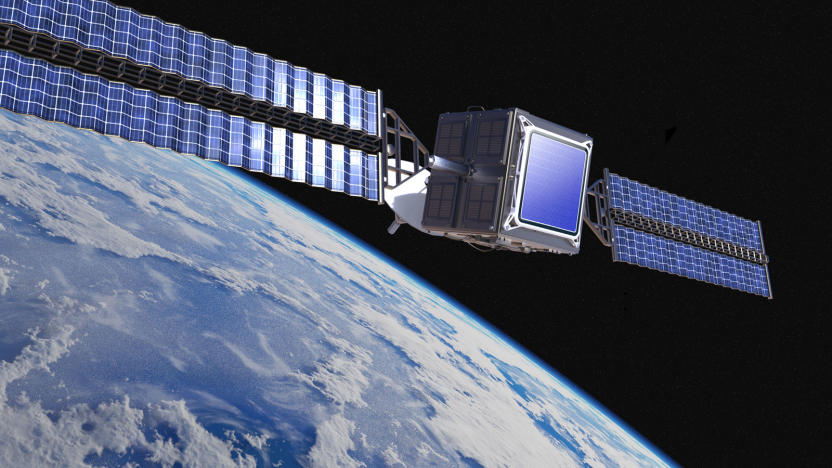
Lockheed Martin previews a future of tiny space telescopes
Current space telescopes are... big. You can't really avoid it given the need for giant lenses and bulky sensors. Lockheed Martin wants to fix that -- the aerospace firm has just released the first images from SPIDER (Segmented Planar Imaging Detector for Electro-Optical Reconnaissance), an optical instrument that promises pictures as sharp as what you'd get from a space telescope in a sensor that's just an inch thick. Instead of using a handful of monolithic lenses, it relies on a legion of small lenses whose data is divided and recombined using a photonic circuit. The initial results aren't spectacular, but they hold a lot of promise.
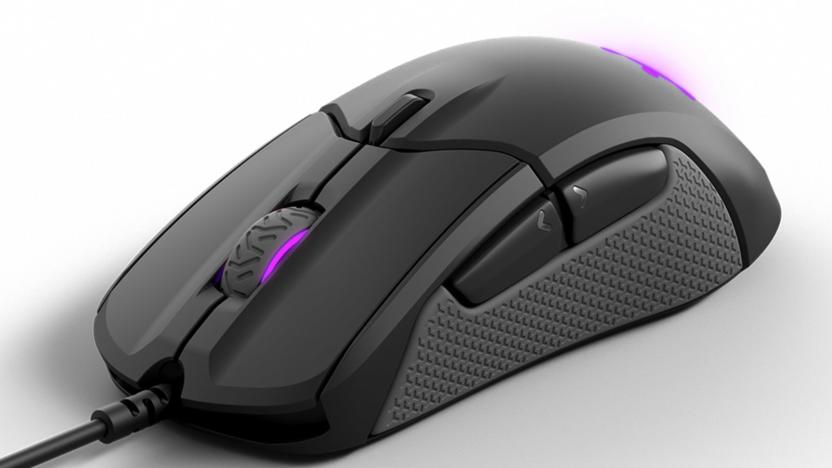
SteelSeries says it’s nailed 'true 1-to-1' mouse tracking
Gaming peripheral brand SteelSeries has expanded its mouse lineup with an offering that could prove to be the Holy Grail for serious esports gamers: true "1-to-1" tracking. The company's new TrueMove3 sensor means your mouse movement will match up exactly with movement on-screen, regardless of the CPI setting (counts per inch, or the number of pixels your mouse moves in a single inch). Engineered in partnership with PixArt -- the team behind the Wii Remote -- the sensor is the product of the company's 15-year quest to make the perfect gaming mouse and is available exclusively in the newly-designed Sensei 310 and Rival 310 models.

Flat microscope for the brain could help restore lost eyesight
You'd probably prefer that doctors restore lost sight or hearing by directly repairing your eyes and ears, but Rice University is one step closer to the next best thing: transmitting info directly to your brain. It's developing a flat microscope (the creatively titled FlatScope) that sits on your brain to both monitor and trigger neurons modified to be fluorescent when active. It should not only capture much more detail than existing brain probes (the team is hoping to see "a million" neurons), but reach levels deep enough that it should shed light on how the mind processes sensory input. And that, in turn, opens the door to controlling sensory input.

Canon's lightweight Rebel SL2 has a much-improved sensor
If you prefer a DSLR's true optical finder to the EVF of a mirrorless, but don't want to lug a heavy camera, there aren't many options. Canon does have one worthy of consideration, however: the EOS Rebel SL2. It replaces the four-year-old Rebel SL1 and brings it to a much more modern standard, thanks mostly to a new 24.2-megapixel APS-C sensor. At the same time, it only gains a bit of weight, going from 407 to 453 grams, which is exactly one pound.
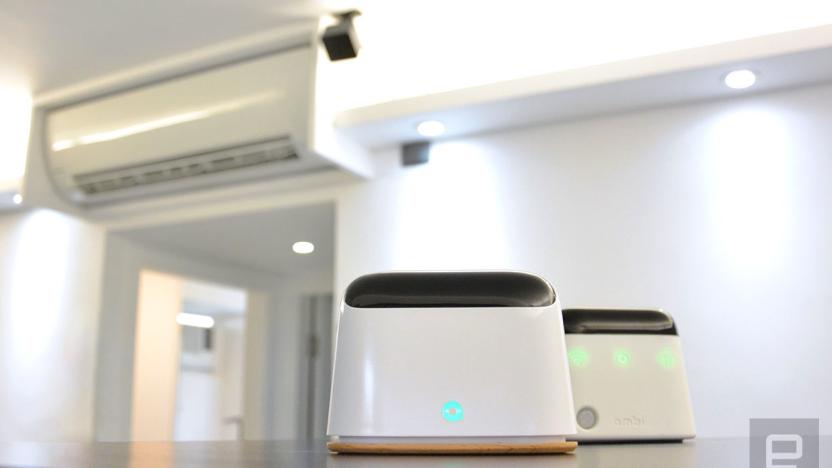
Alexa can control your dumb AC unit using Ambi's smart hub
Some of you may recall that back in October 2014, Hong Kong startup Ambi Labs unveiled its Ambi Climate as a gateway between your smartphone and your dumb air conditioner at home. But it isn't just about replacing your infrared remote control; what makes Ambi Climate unique is its machine learning capability, so that over time it learns your comfort preferences by way of various sensors, while also saving up to 20-percent energy according to user feedback. Now, almost 2.5 years later, the company is back with the Ambi Climate 2, which is essentially a prettier version of its $179 predecessor and with a lower retail price of $129; and you can grab one for as low as around $80 on Kickstarter, with shipments expected to begin in June this year.
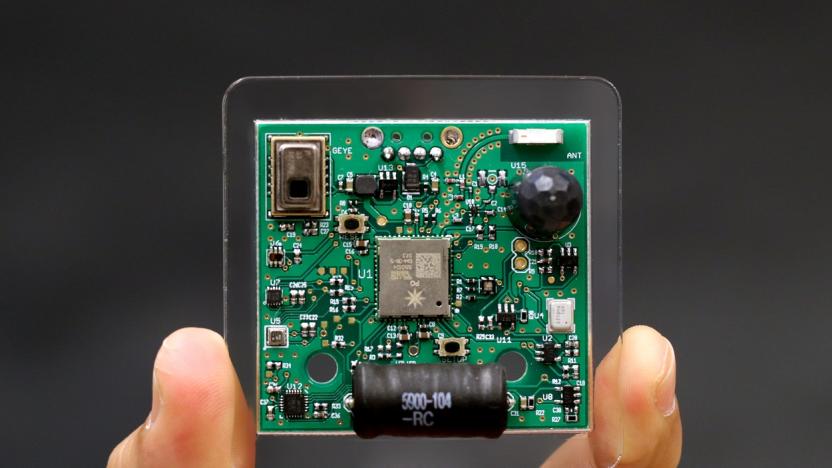
A smart home mega sensor can track what goes on in a room
Creating a smart home currently requires either linking every connected device one-by-one or adding sensor tags to old appliances to make a cohesive IoT network, but there might be an easier way. Researchers at Carnegie Mellon developed a concept for a hub that, when plugged into an electrical outlet, tracks ambient environmental data -- essentially becoming a sensor that tracks the whole space. With this in hand, savvy programmers can use it to trigger their own connected home routines.
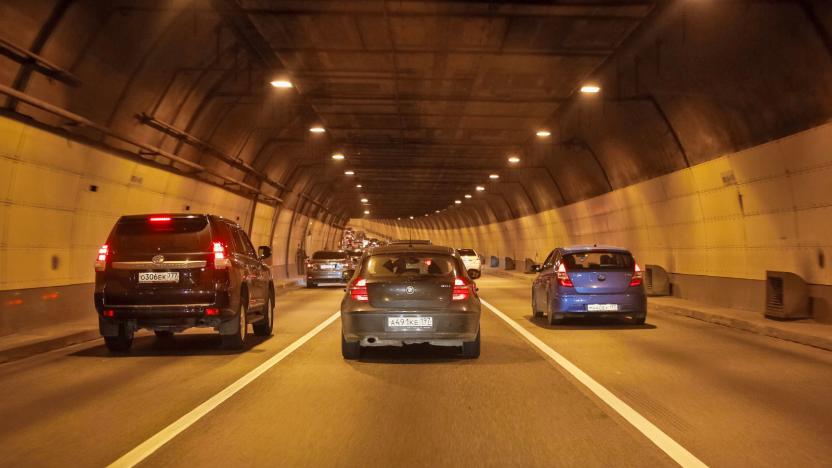
Sony's HDR camera helps self-driving cars see in the dark
As Tesla recently showed, video cameras are as important as radar and LiDAR in self-driving cars for tracking road signs, vehicles, pedestrians and more. However, most can't handle tough lighting situations like very dark conditions, flickering LEDs or a sudden transition into a tunnel on a sunny day. That's where Sony comes in with its latest automotive camera sensor. With high sensitivity, HDR capability and anti-flicker tech, it's one of the first designed specifically to help autonomous vehicles function in less-than-ideal conditions.

Leaf veins may lead to longer battery life
There have been many, many discoveries that promise longer battery life, but one of the latest is rare in taking its inspiration from one of the most common structures in nature: the leaf vein. Scientists have crafted a porous material that mimics the highly optimized flow of nutrients in plant leaves. The team used an evaporation-based process to arrange zinc oxide nanoparticles into networks with pores of various sizes that behave like you'd expect in a leaf, maximizing the transfer of material while minimizing the necessary energy.
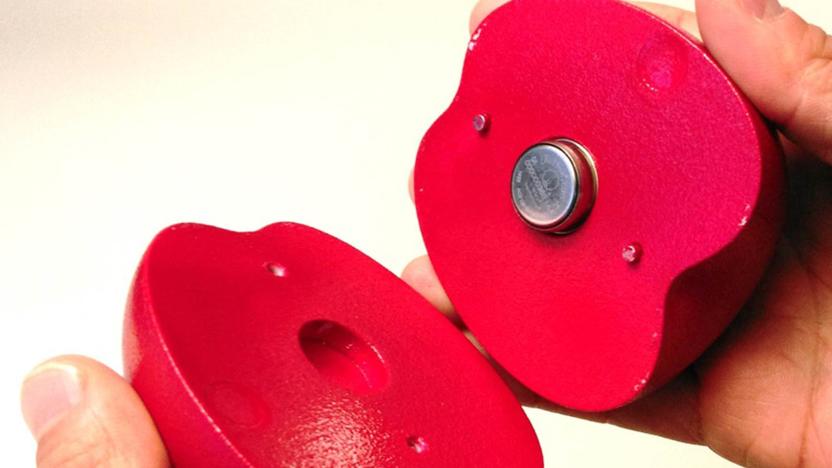
Sensor-laden fake fruit ensures you get fresh produce
It's challenging for shippers to check the quality of fruit on its way to your grocery store. Most sensors won't reflect the conditions inside the boxes, and plucking a sample isn't going to give you a comprehensive look. That's where some Swiss researchers might come to the rescue. They've created artificial, sensor-packed fruit whose composition is enough like the real thing to provide an accurate representation of temperatures when placed alongside real food. If the fruit in the middle of a delivery isn't properly refrigerated, the shipping company would know very quickly.

Sony's latest sensor shoots ridiculous slow-mo video
Sony has unveiled a sensor that could bring some impressive camera tricks to your next smartphone. The 3-layer CMOS sensor does super slow motion at up to 1,000 fps in full HD (1,920 x 1,080), around eight times faster than any other chip. That's possible thanks to a 2-layer sensor married with high speed DRAM that can buffer images extremely rapidly. Specifically, it can capture 19.3-megapixel images in just 1/120th of a second, "four times faster than conventional products," Sony says.

Fujifilm's X-T20 is an affordable, compact take on the X-T2
Fujifilm has unveiled the X-T20, a successor to the popular X-T10 that improves on it in nearly every way. The old 16-megapixel sensor and processor have been updated to the 24.3-megapixel X-Trans III, the same as the one on the world-beating X-T2. That'll give it not only more resolution but a lot faster autofocus (.06 seconds) and shooting speed (5.0 fps in live-view). It also does 4K video at up to 30 fps, another feature imported from the X-T2.

Simplehuman made a trashcan you can open with your voice
Simplehuman's a pretty household name in, uh, households across the country, what with its sensor mirrors, stainless steel dish racks and automatic soap dispensers. Now it's come up with yet another innovation: a trashcan you can activate with your voice. Known as the Sensor Can with Voice Control, you can open it just by saying "open can" and "open sesame."

Bixi adds gesture controls to iOS and Android devices
We can think of more than one situation when you wouldn't want to touch your phone because of what's on your hands. Imagine needing to quickly consult a recipe on your tablet when your fingers are covered in sticky, tech-unfriendly dough. That's where a device like Bixi comes in, since it brings wireless gesture controls to your iOS and Android devices. Bixi is a little puck that uses time of flight sensors to monitor the movement of your hand in the 25 centimeters or so of air above it.

Robot mussels help measure the effects of climate change
The mussels you see on the shoreline might not just be soaking up some rays... they could be key to studying climate change. An research team has published data from robotic mussels whose sensors have been collecting temperatures for the past 18 years in a bid to monitor climates around the world. By recording the body heat of the real mussels around them every 10 to 15 minutes, the artificial sea life can track and predict global warming in situations where it's most likely to have a pronounced effect. Mussels are highly dependent on air temperature and sunlight for warmth, so they're more reliable gauges of an ecosystem's health than many other techniques. If they're too hot, something is likely wrong.

Smart sensor helps you brew the perfect cup of tea
Given the quantity of gadgets specifically designed to brew the perfect coffee, it's easy to think the tech world hates tea. Thankfully, 42Tea's new brewing sensor is designed to let people get as snobby about chai as most people do when arguing the merits of Arabica versus Robusta. The device is a small white cube that, along with a companion app, will hold your hand through the brewing method necessary for specific blends of tea. You'll still have to make the cucumber sandwiches yourself, unfortunately.

Zepp's latest sports training sensor is for soccer players
Zepp started making training sensors for baseball, softball, golf and tennis in 2013. Now, with a few years of experience under its belt, the startup is ready to break into the world's most popular sport, soccer (aka football). Today, Zepp announced a new sensor that lets players track valuable stats from the pitch, such as distance covered, total number of ball kicks and how much time they ran, sprinted or walked throughout a game.








